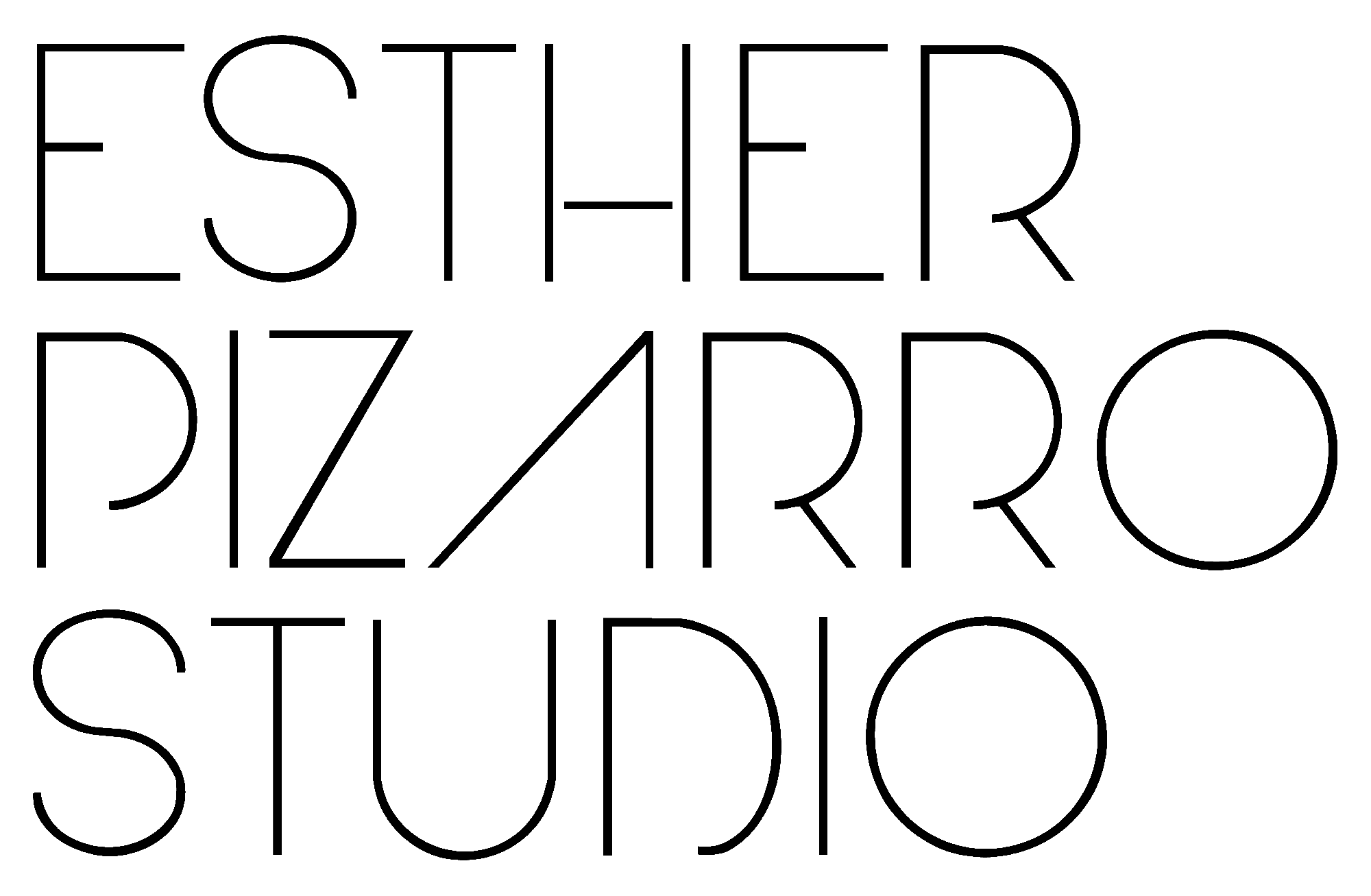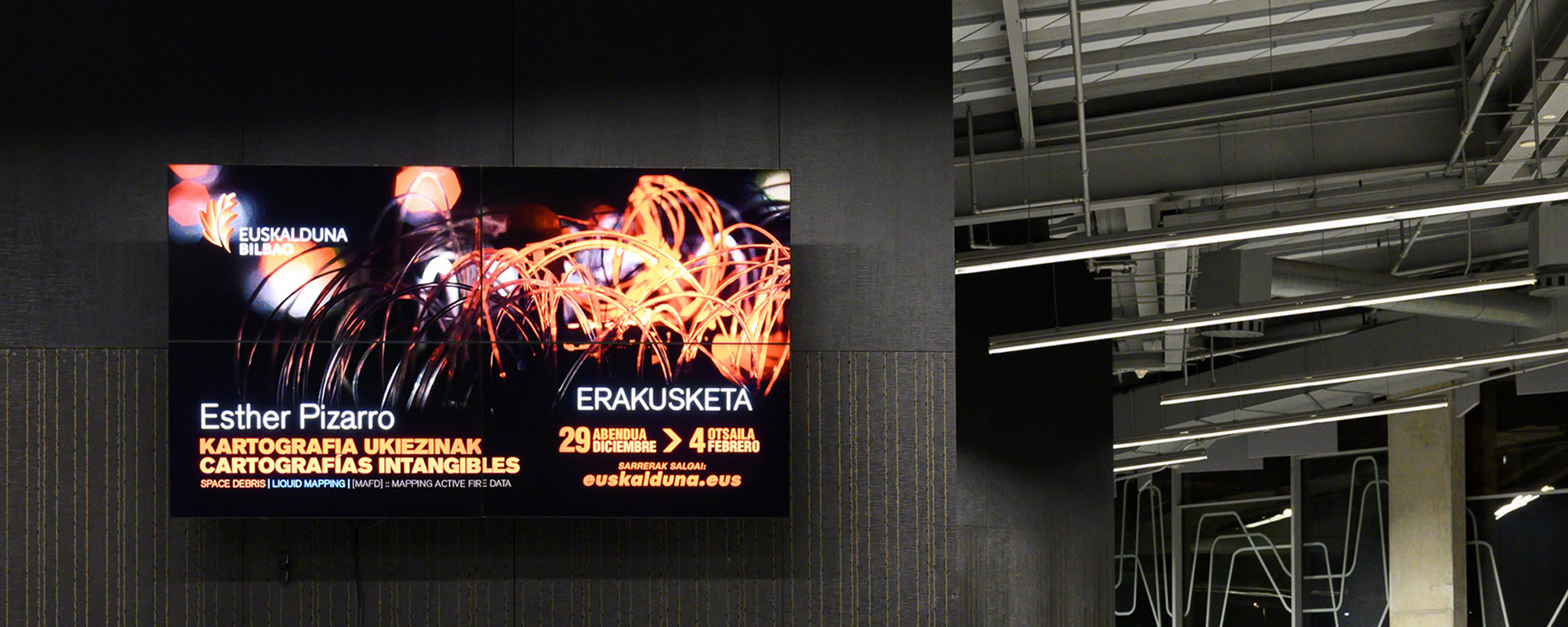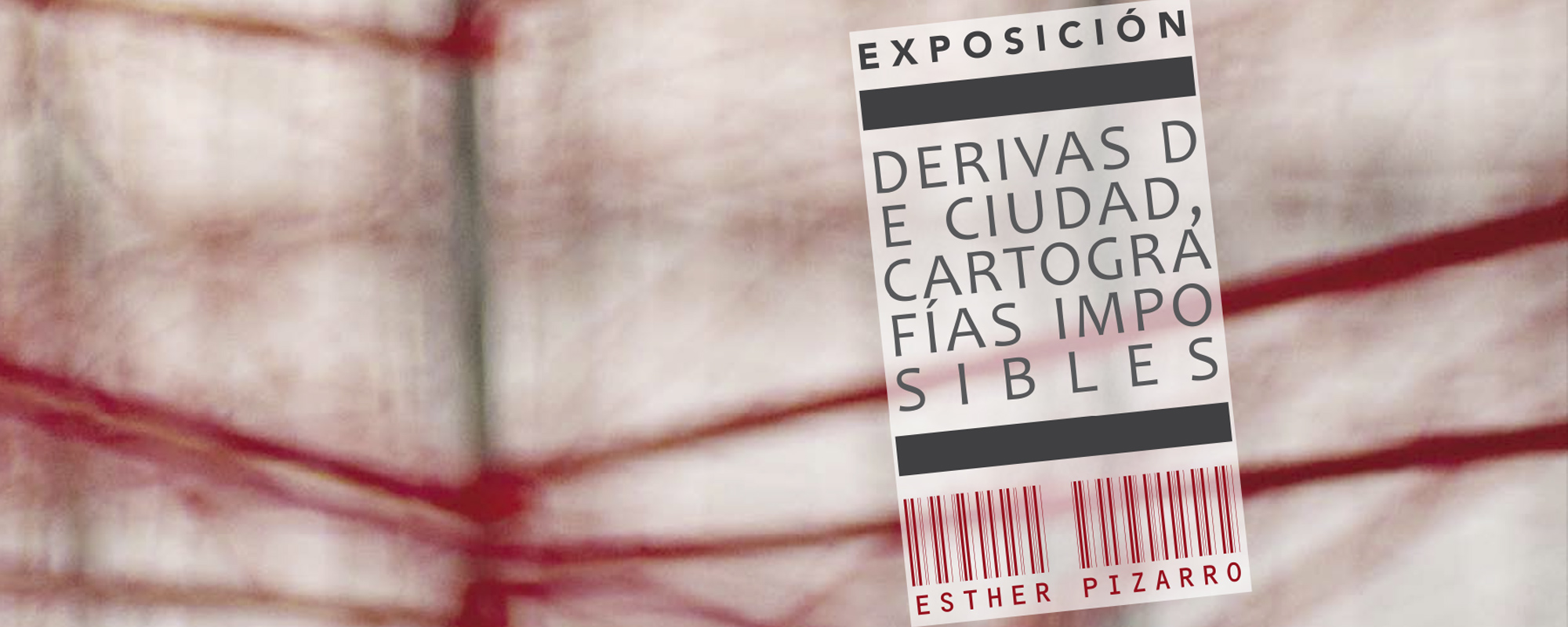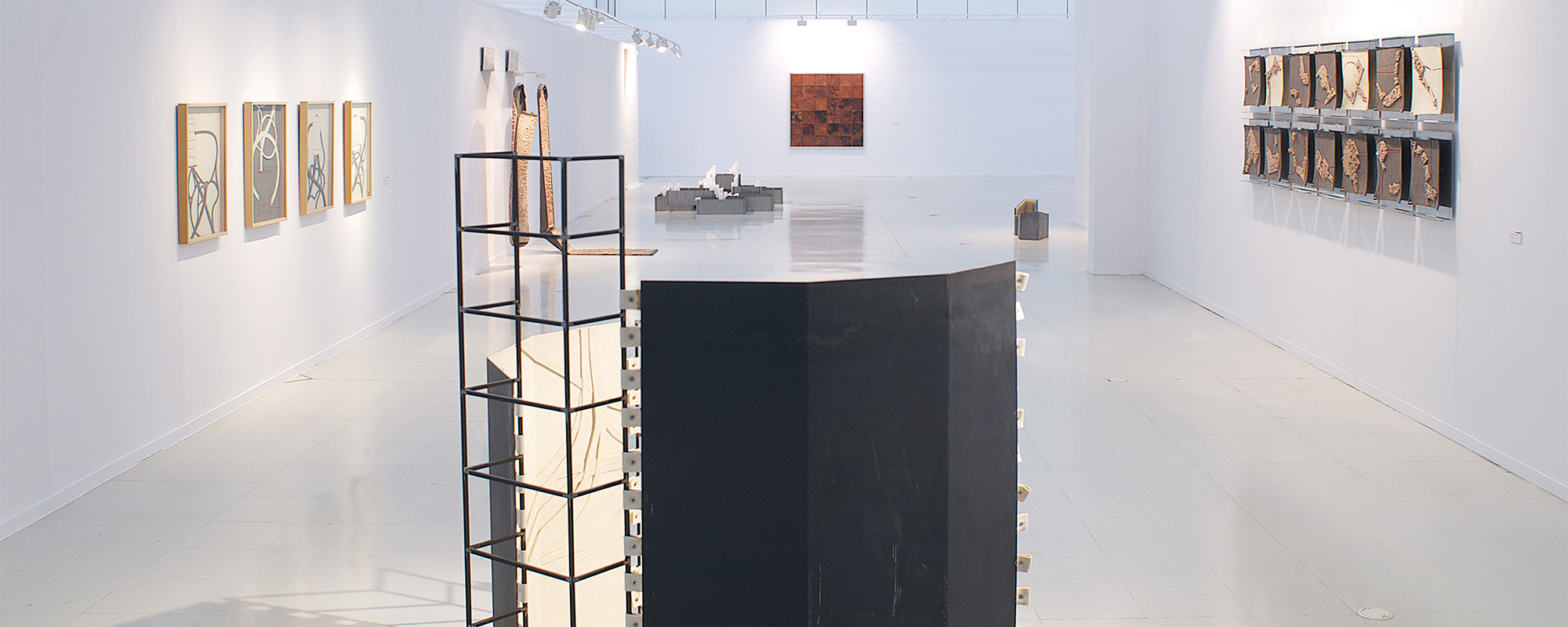
CITY DRIFTS, IMPOSSIBLE CARTOGRAPHIES © 2013 :: CEART
"City Drifts, Impossible Cartographies"
Centro de Arte Tomás y Valiente (CEART), Madrid, Spain
Curated by: Tania Pardo
31/01/2013 to 21/04/2013
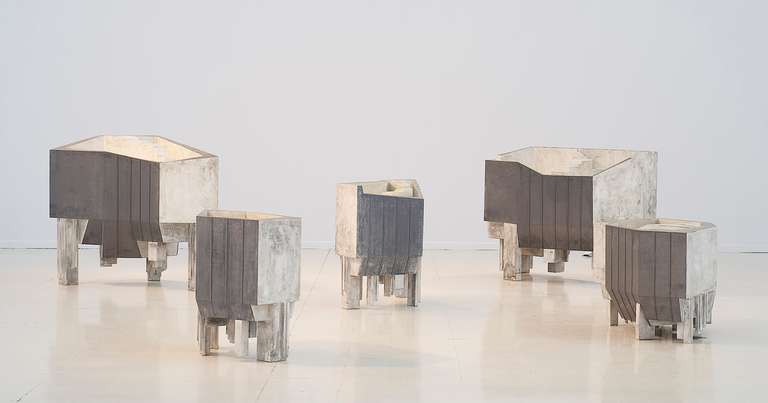
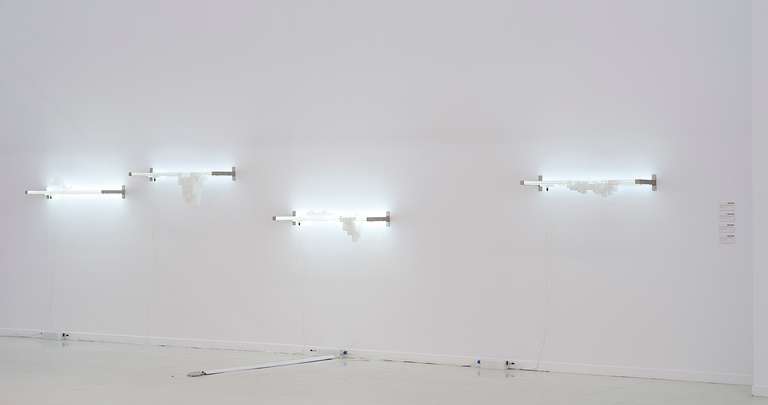
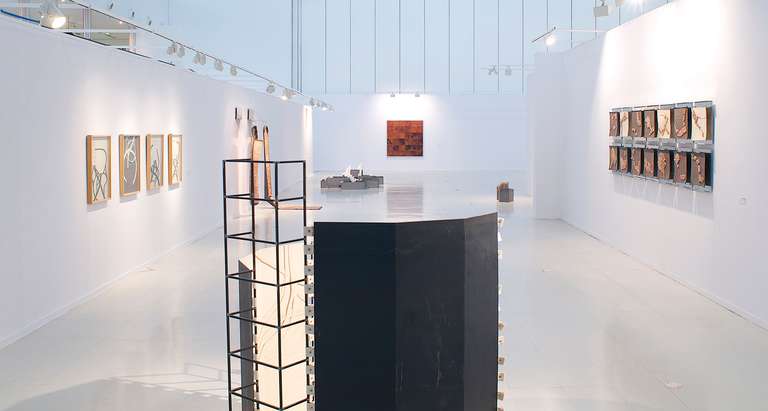
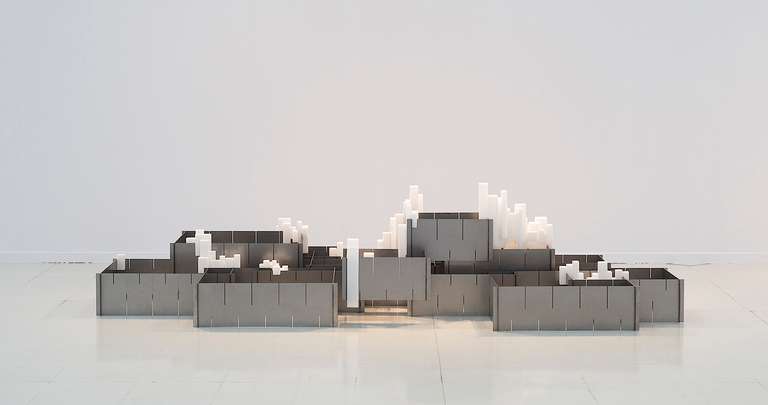
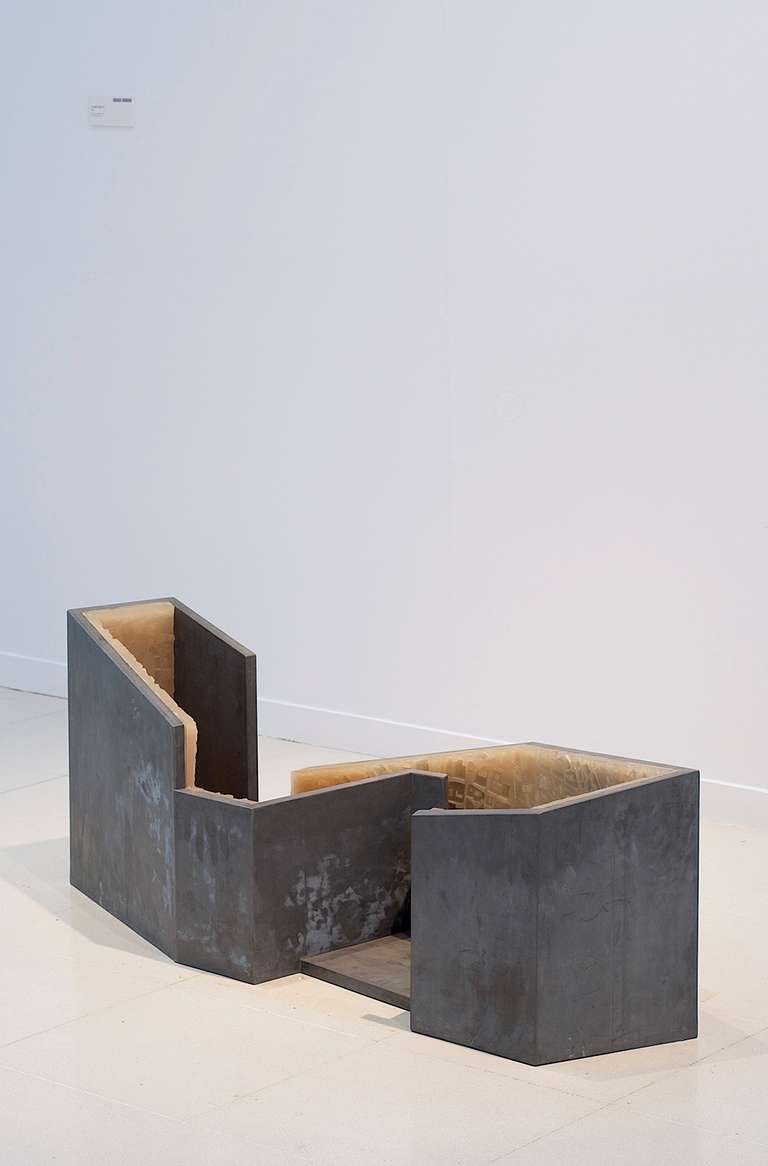
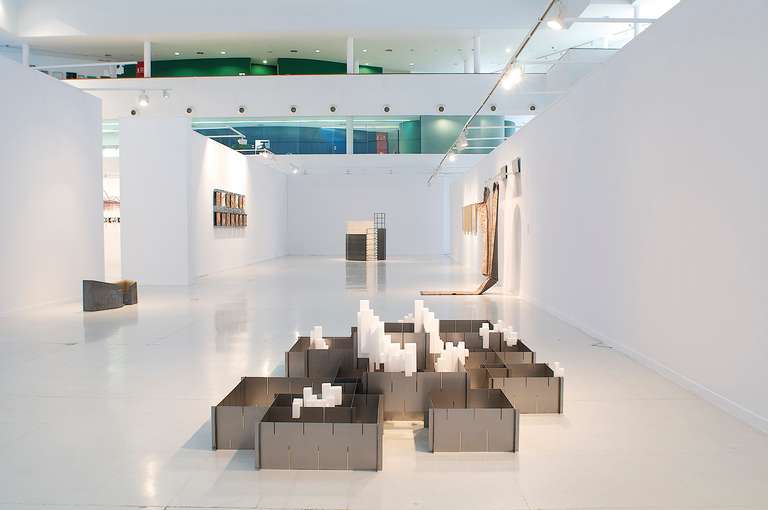
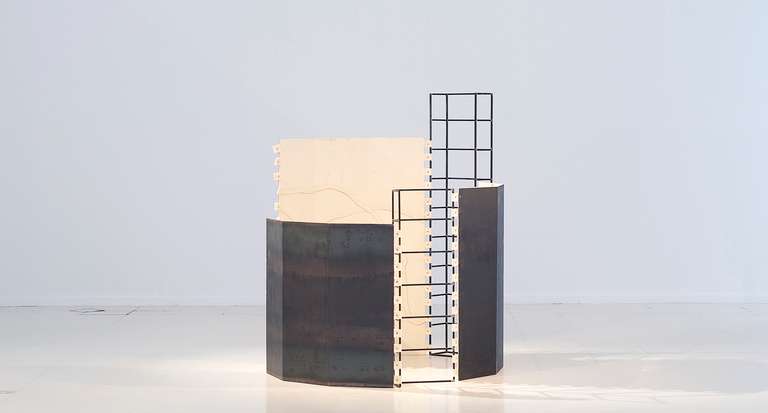
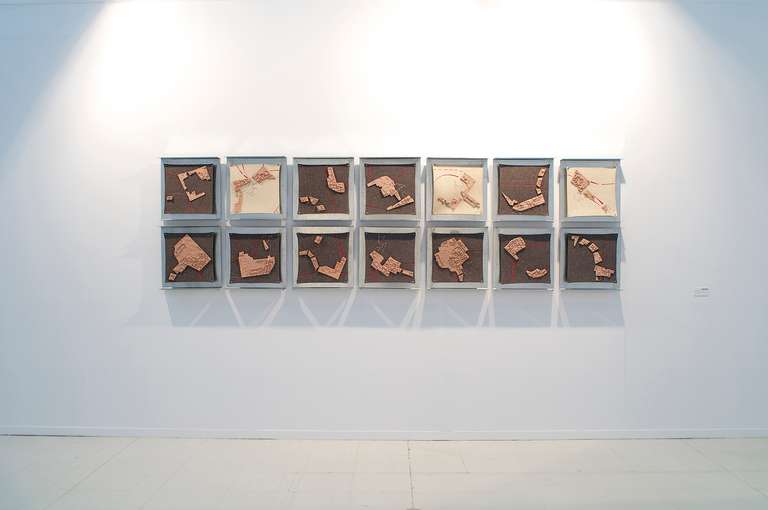
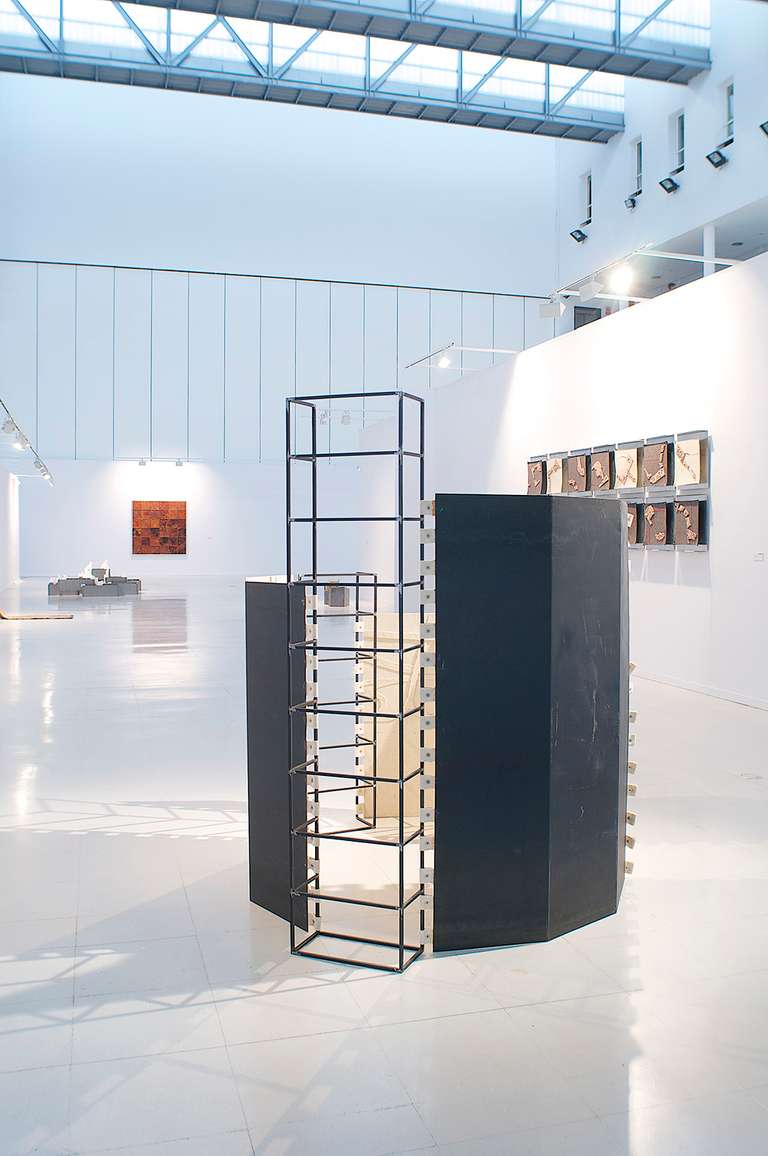
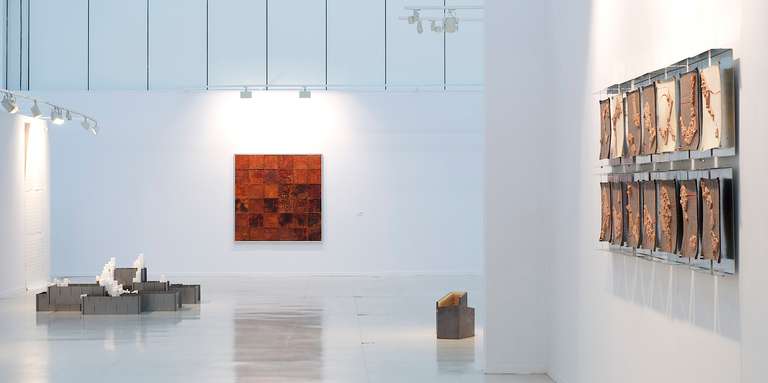
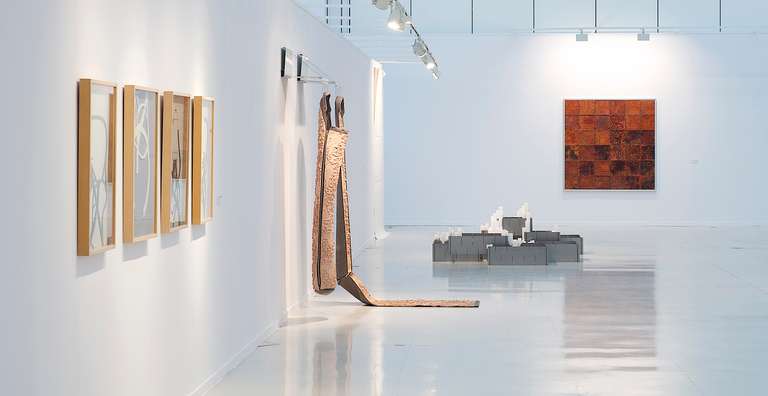
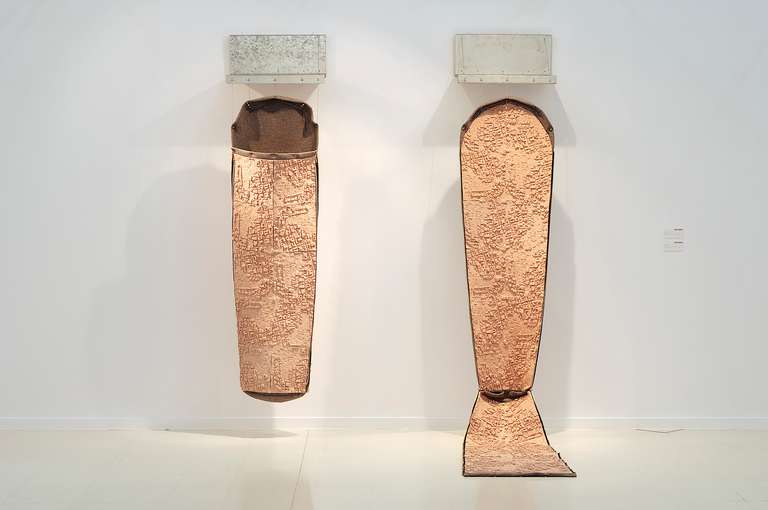
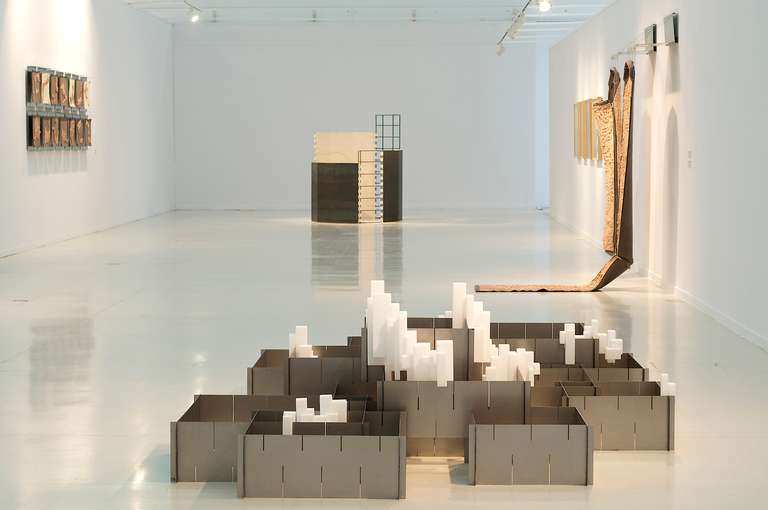
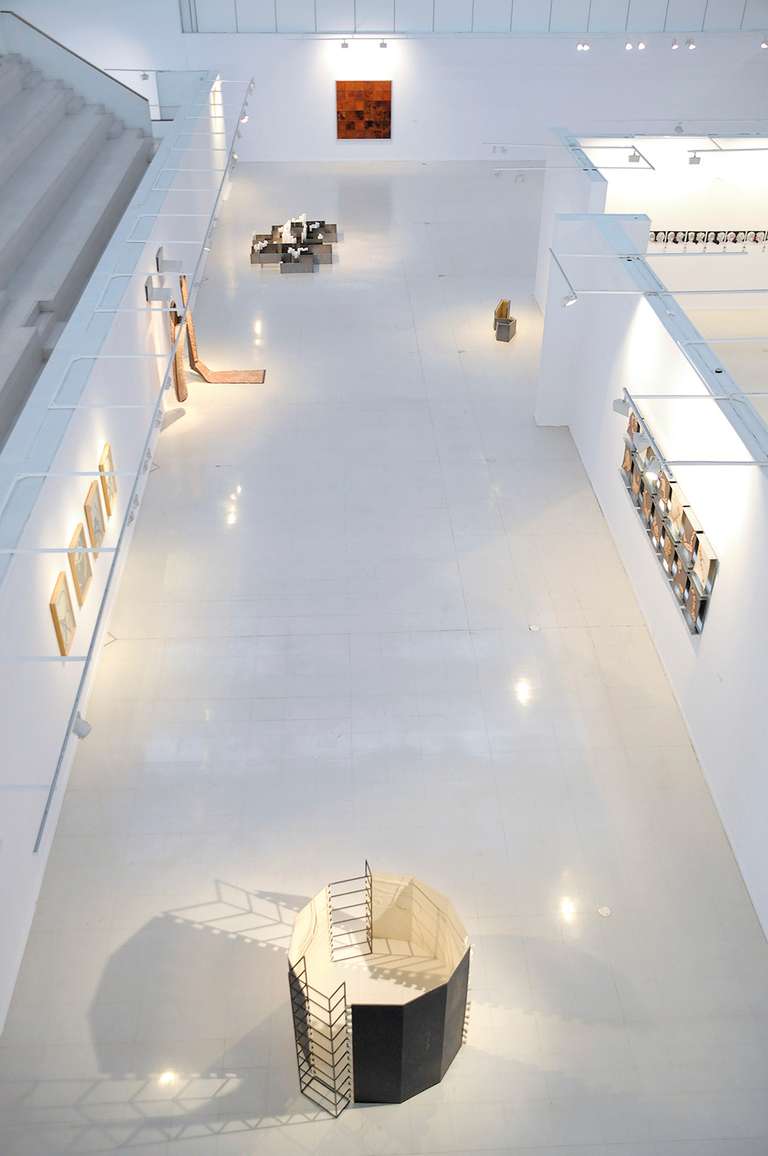
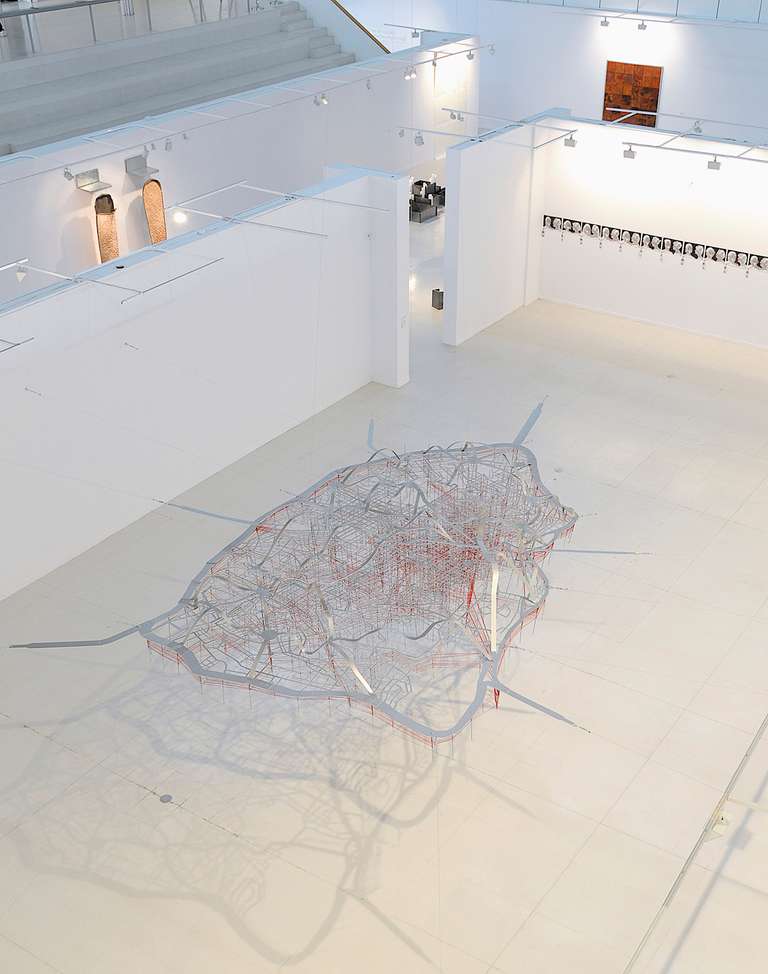
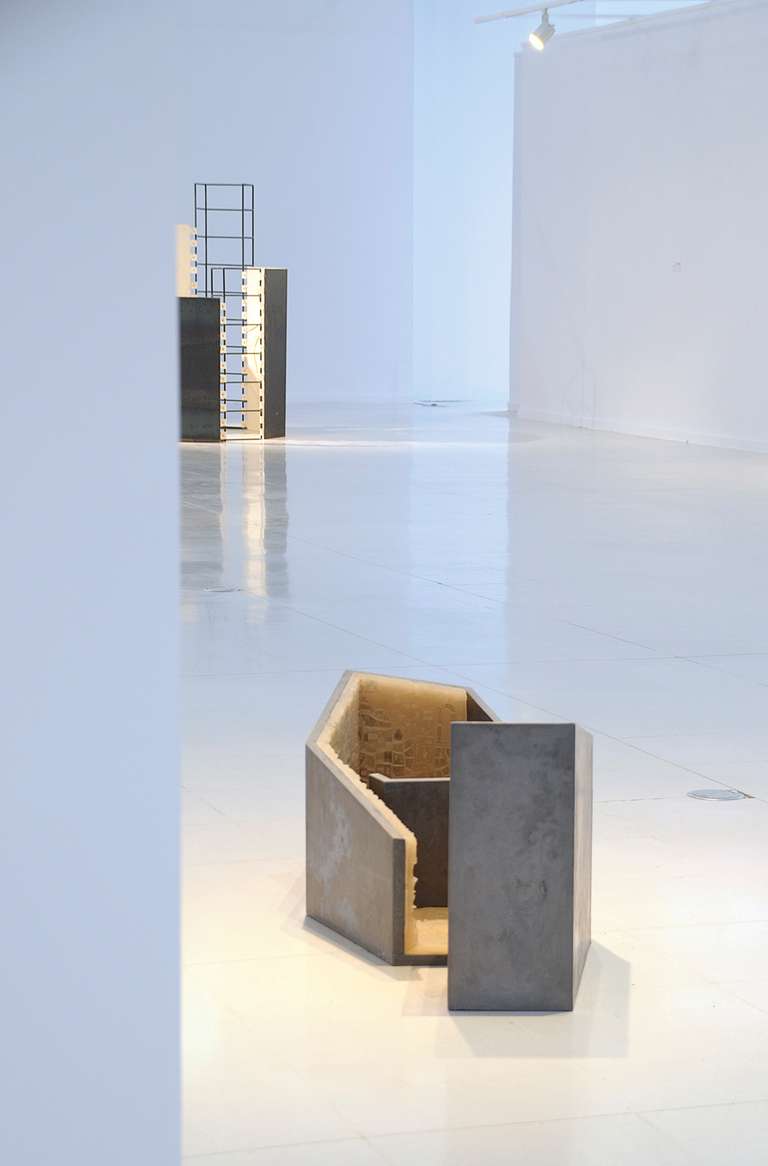
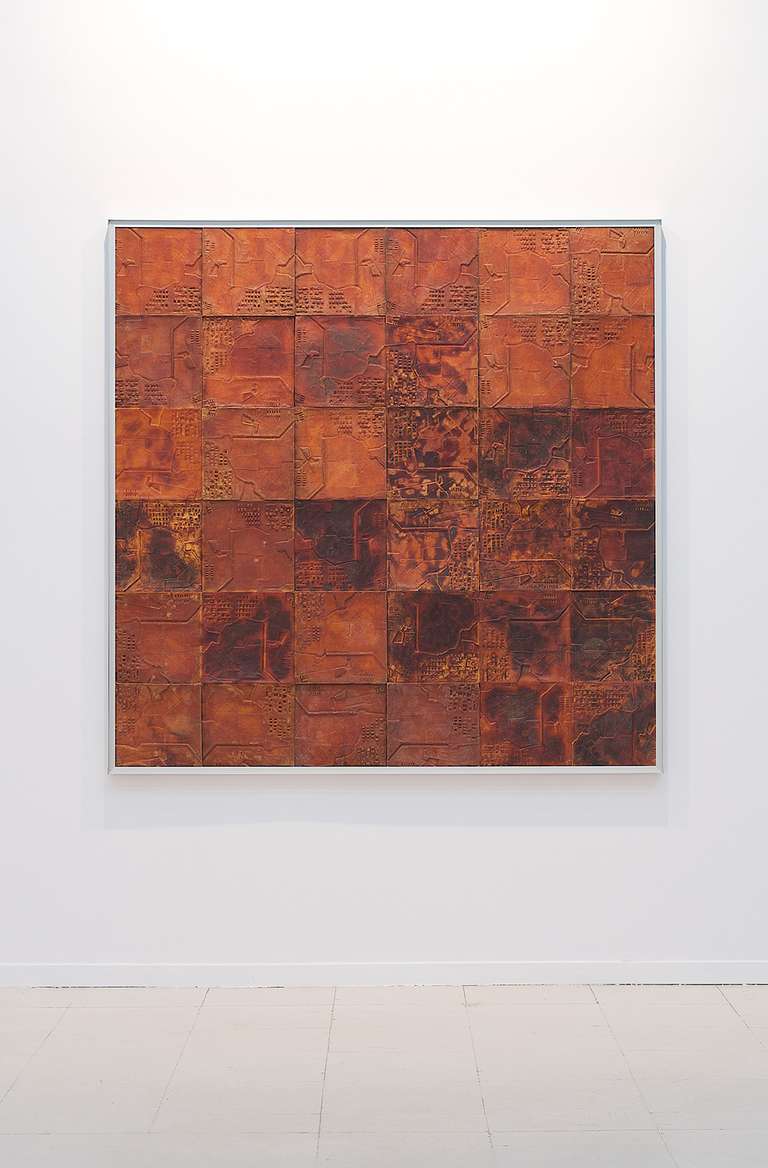
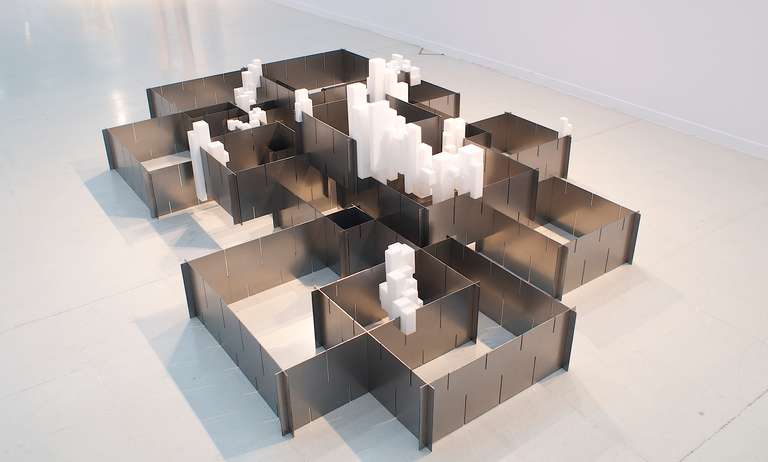
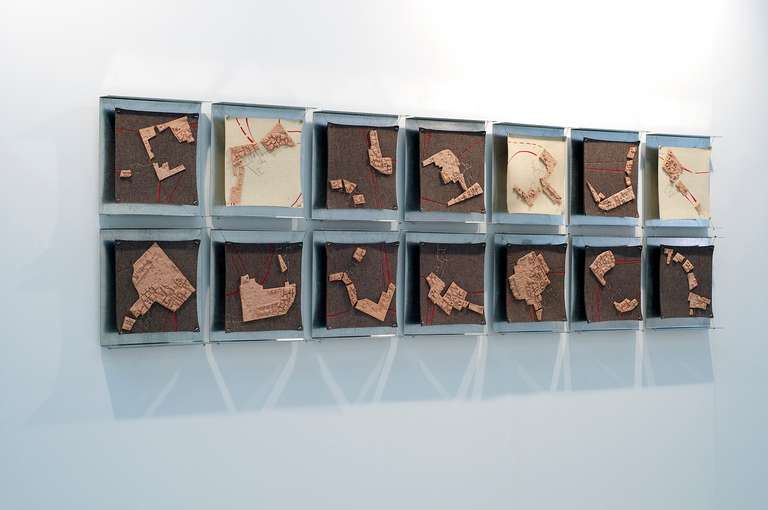
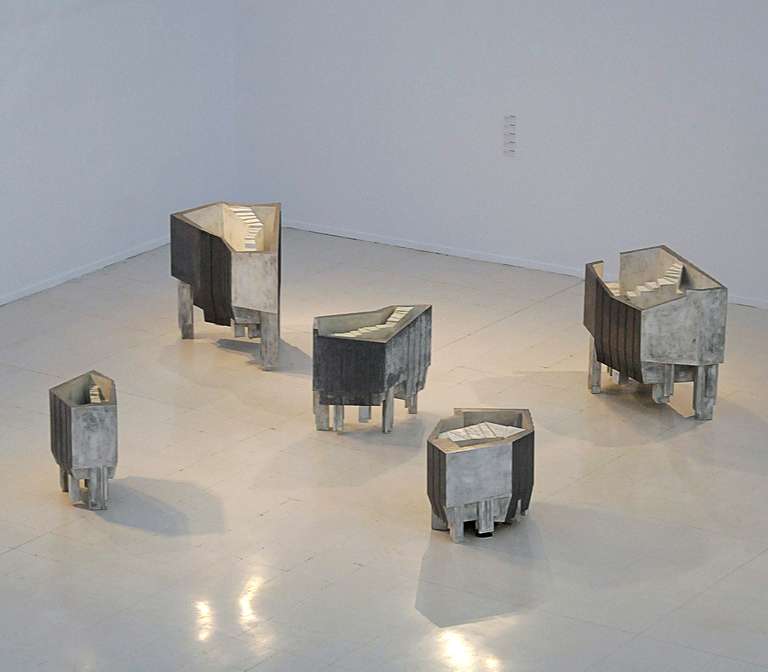
TANIA PARDO: Where does your interest in cartography come from?
ESTHER PIZARRO: My interest in cities comes from a personal experience, of understanding the city from a lived perspective. Those space-time co-ordinates lie in the city of Los Angeles, the city where I lived for two years, thanks to a Fullbright postdoctoral scholarship. It is there where there was a convergence, on the one hand of my research on a theoretical level and on the other, of broaching a change in my formal language because there I was aware that it made no sense to continue doing the same type of work I had been doing to date, and because it was work closely tied to the university and to my time in education.
T.P: If we take a tour of this exhibition, Cartografías de ciudad, derivas imposibles, (Cartographies of the city, impossible driftings), we can see that in your earlier works your attention spotlighted more general concepts such as the unlimited city (L.A.); it goes on to focus on a single area (Rome) until it enters a more intimate and limited space – the attic (Paris). In addition there is the passage of your own experience, of that lived autobiographical city, to use, for the first time, in this exhibition, the experiences of other individuals as material for a piece. Is it now when the process becomes a fundamental part of your work?
E.P: In my early works, the epicentre was based on subjective experiences which arose out me. But from them on, each new project has given rise to another, specifically in the central installation (Patronando Madrid) of this exhibition, I am completely decentralising that load. The topic of using data is becoming increasingly more interesting for me. Mapas de Movibilidad. Patronando Madrid (Mobility Maps. Patterning Madrid) is a work that is wholly process-based, although it is true there is a foundation structure which I build, on which the routes are going to be patterned. It is a more subjective structure; however in that structure I am contemplating, any offshoot could be possible, i.e., it is articulated in such a way, constructively speaking, that any route is possible; I will simply reproduce the points on that structure that have been the resulting routes of the one hundred individuals who have taken part in the project. At management level it is complicated to decentralise a project, but it is proving very satisfactory because you become a data decoder, almost an analyst.
At the end of this piece, it is even possible to make a very subjective reading of the city and of the individual because, although their anonymity is respected at all times, they are nothing if not specific profiles of the city itself. In some way I am trying to make visible those infinite routes which are taken daily in the city, where each street is inhabited by a stroll, by the drifting of an anonymous citizen. I place them in open space-time co-ordinates, because the data gathered belongs to data of seven days which do not have to be consecutive, but the space is limited to the central almond of the metropolitan area of Madrid.
T.P: When we talk about a city, we inevitably refer to architecture. How does your work relate to architectural aspects?
E.P: Architecture is an important reference point in my work, but architectural aspects always come within that contextual framework and that complex entity – the city. I have gradually come to move from territory, in my stage in Los Angeles, to the city; in my stage in Rome , and to architectural aspects to the stage in Paris.
When I was living in Paris, the habitability of the attic seriously attracted my attention and it there where I take the nature of architecture up again in my work. The function architecture performs is to inhabit spaces and the function of sculpture is to produce spaces for thought; then in that sense, at a conceptual level, architecture and sculpture work in a very fluent dialogue.
T.P: And in this exhibition entitled Derivas de ciudad, cartografías imposibles (City Driftings, Impossible Cartographies), what are you telling us?
E.P: The tale of cartography, of the city’s driftings. I aim to reflect and make the spectator reflect on how we live the city and what image we have of it, of the environment, of the space in which we move. That idea is not what appears on a map – a map is nothing more than a coded series of data drawn up by specialists; but there are many kinds of maps and I am interested in making the spectator see that in the end, the image one holds is a subjective, mental construction that is built based on our own experience. This becomes clearer in the piece we are presenting (Patronando Madrid – Patterning Madrid) – I like to talk about it in the first person plural, because although it started within me, the work has been undertaken by one hundred individuals. I am interested in that rhizome produced, that collective construction. Collective but, at the same, individual because they are individualised biographies which come to total seven hundred layers which are the seven hundred routes reflected in the project. In the end, the resulting fabric is a piece of felt, that material whose structure is not Cartesian but rather a rhizome, of which Delauze talked and where every possibility may occur, where the directions depend on other things and not on some axes or a previously structured thing. I have tried to reflect that rhizome fabric in the installation through those seven hundred driftings that I have been given and that I interpret in some way based on some data.
In this piece I am constructing a kind of fabric formed by 700 layers that make up the seven hundred routes that are reflected. The route works with space in a three-dimensional way, but at the same time it is a diagrammatic fabric based on patterns as maps of driftings and flows, a mapping of one hundred people’s lived city.
Tania Pardo
Curator
(Extract of an interview made for the exhibition catalogue)
CREDITS ::
Conceptualisation: Esther Pizarro and Tania Pardo
Production: Esther Pizarro Studio
Organised by: CEART
Curated by: Tania Pardo
Coordination: CEART
Exhibition montage: Maquinarte, Tania Pardo and Esther Pizarro Studio
ASSOCIATED CATALOGUE ::
Pizarro, Esther (2013). Catálogo exposición: Derivas de ciudad, cartografías imposibles. Extensión: 128 páginas. Textos: Manuel Robles, Rocío de la Villa, Tania Pardo y Esther Pizarro. Idioma: Español, Inglés. Edita: Ayuntamiento de Fuenlabrada, Centro de Arte Tomás y Valiente, CEART. ISBN: 978-84-695-6972-6
